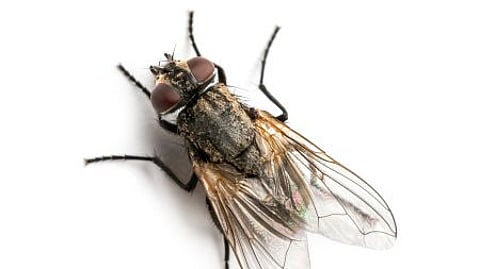"So Creld may play an important role not only in impaired heart function, but also in Parkinson's disease," says Dr. Nicole Kucharowski of the LIMES Institute, who, along with her colleague Marie Paradis, conducted a key part of the experiments in the study. "The findings of a recent analysis are consistent with this. It suggests that Creld production is often reduced in Parkinson's patients." But just how Creld might be related to Parkinson's was puzzling: The protein is not found in mitochondria at all. It can be detected exclusively in a widely branched network of tubes that serves to produce various molecules in the cell - the endoplasmic reticulum (ER). How can it interfere with the function of cellular power plants from there?
Pesticide suspected of causing Parkinson's disease
To find out, the researchers administered small amounts of a pesticide to healthy fruit flies (i.e., those that can form Creld). It contains the active ingredient rotenone, which is suspected of triggering Parkinson's disease in humans. Rotenone acts directly in the mitochondria by inhibiting a key step in energy production. After administration of the pesticide, the flies showed motor disorders similar to those of the Creld mutants. "We also found that their mitochondria are very often in contact with the ER," Bülow explains.


